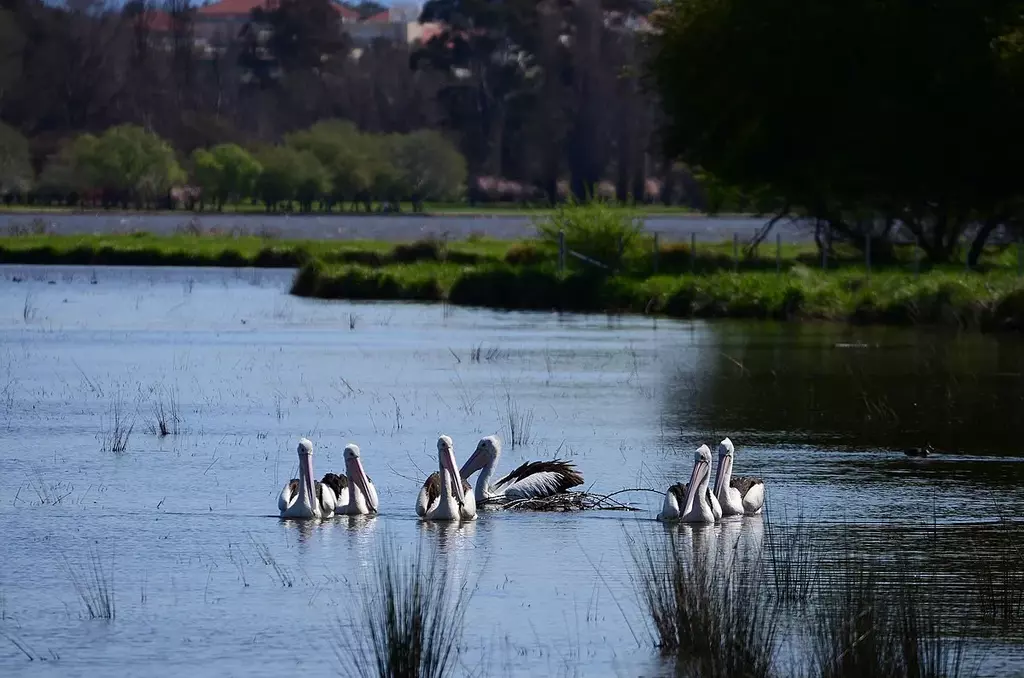Jerrabomberra Wetlands

- Jerrabomberra Wetlands is one of Canberra’s most significant urban nature reserves, located near Lake Burley Griffin. This protected wetland ecosystem serves as a haven for birdlife, with over 200 species of birds recorded in the area. It plays a crucial role in providing habitat for migratory waterbirds, some of which travel thousands of kilometers from Siberia, China, and Japan as part of their annual migration. The wetlands are also home to native wildlife, including eastern long-necked turtles, water rats, and platypuses, making it a prime destination for nature lovers and birdwatchers.
- The wetlands were originally formed as part of the development of Lake Burley Griffin in the 1960s, but they have since become a thriving ecosystem. The area is protected under the Ramsar Convention, an international treaty for the conservation of wetlands, ensuring that its ecological value is maintained. The diverse landscape includes reed beds, mudflats, and open water, all of which provide different feeding and nesting grounds for birds such as black swans, egrets, herons, and rare Latham’s snipe. The presence of bird hides and observation decks makes it an excellent location for wildlife photography and birdwatching.
- Jerrabomberra Wetlands is not just a sanctuary for wildlife but also a place for recreation and environmental education. The reserve has walking and cycling tracks, allowing visitors to explore its tranquil landscapes while learning about wetland ecology. The Jerrabomberra Wetlands Nature Reserve Management Plan ensures that conservation efforts go hand in hand with public access. Educational programs, guided tours, and citizen science projects help raise awareness about the importance of wetlands in filtering water, preventing floods, and supporting biodiversity.
- Whether you’re looking for a peaceful nature retreat, an educational adventure, or a prime birdwatching location, Jerrabomberra Wetlands offers a unique natural escape within Canberra’s city limits. It stands as a testament to the importance of urban conservation, showing how wetlands can be protected while allowing people to connect with nature.
